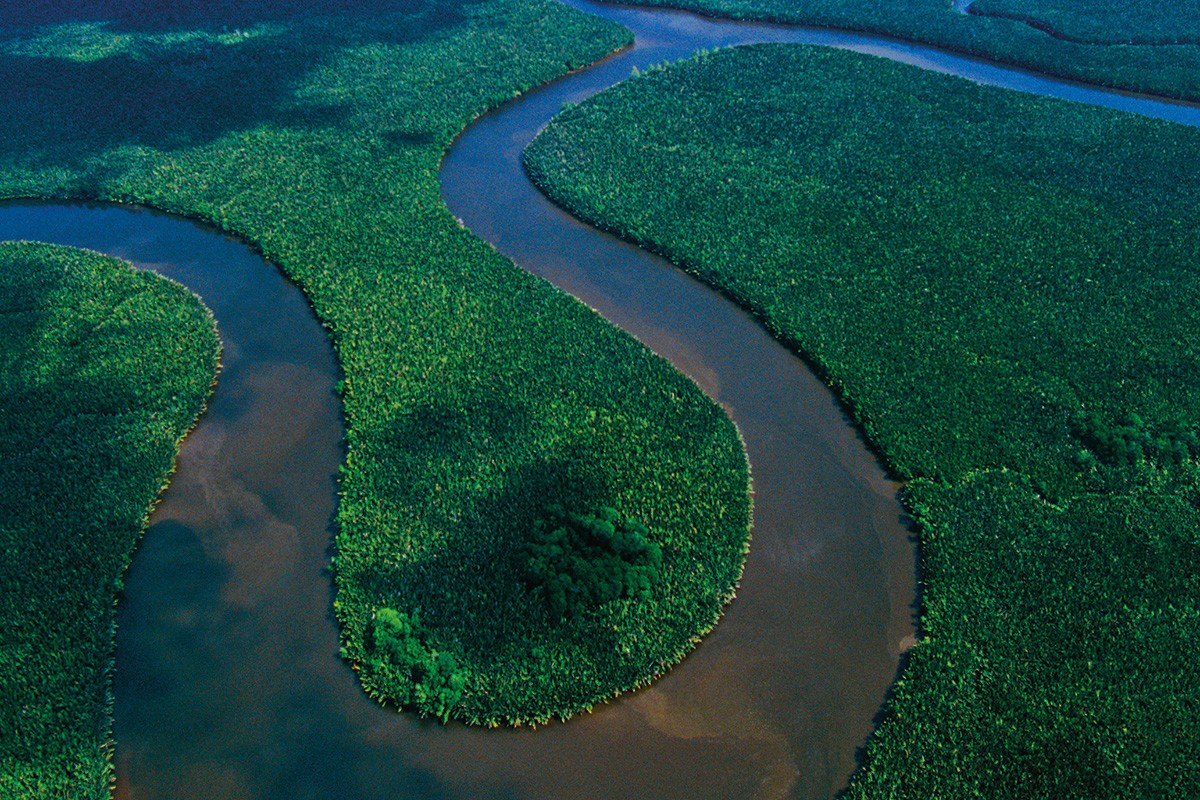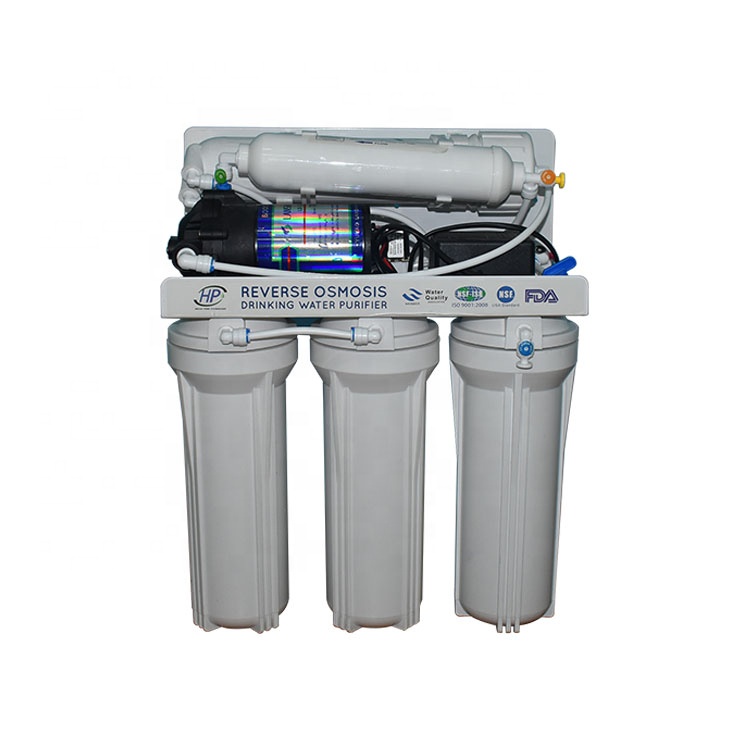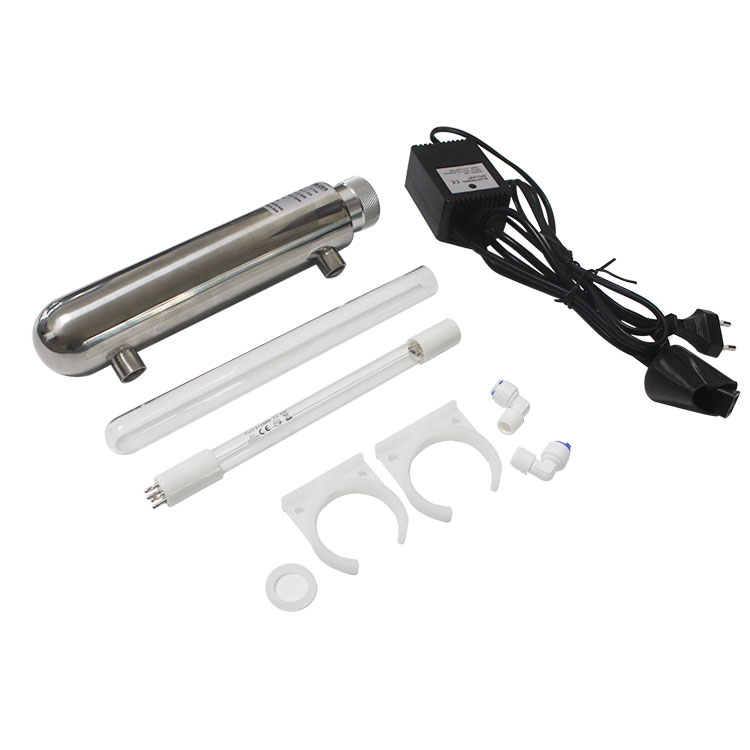Do you think drinking water supplies are safe? However, drinking water sources can be polluted, causing disease from waterborne germs, such as Cryptosporidium, E. coli, Hepatitis A, Giardia intestinalis, and other pathogens. The disease can thus spread rapidly in areas where sewage and drinking water supplies are inadequately treated.

Public water purifiers use many approaches of water treatment to provide pure drinking water for humans. Drinking water sources are susceptible to pollution and require Reverse Osmosis Water Treatment to remove pathogenic substances. Today, the most common steps in water treatment used by community water systems include:
Coagulation and Flocculation
Coagulation and flocculation are usually the first steps in water treatment. Chemicals with a positive charge are added to the water. The particles in water bind with the chemicals and form larger particles, called floc.
Sedimentation
During sedimentation, floc settles to the bottom , due to its weight. This settling process is called sedimentation.
Filtration
After the floc has settled to the bottom, the top fresh water will pass through various compositions (sand, gravel and charcoal) and filters of different pore sizes to remove dissolved particles such as dust, parasites, bacteria, viruses and chemicals.
Disinfection
After the water has been filtered, a disinfectant (for example, chlorine, chloramine) may be added in order to kill any remaining parasites, bacteria, and viruses, and to protect the water from germs when it is piped to homes.
Depending on the quality of the water entering the treatment plant, the treatment of water in different communities may vary. In general, surface water requires more treatment and filtration than groundwater because lakes, rivers and streams contain more sediment and pollutants and are more susceptible to contamination than groundwater.
To learn more about the different treatments for drinking water, please contact us, we will provide the professional advice for you.
Home Use Reverse Osmosis Systems :
Filtration Systems
A water filter is a device which removes impurities from water by means of a physical barrier, chemical, and/or biological process.
Water Softeners
Softened water equipment, that is, equipment that reduces water hardness, mainly removes calcium and magnesium ions from sputum water. Generally speaking, it is a device that reduces the hardness of water. Its main functions are to remove calcium and magnesium ions from water, activate water quality, and kill algae. Anti-scaling and descaling.
Disinfection is a physical or chemical process in which pathogenic microorganisms are deactivated or killed. Examples of chemical disinfectants are chlorine, chlorine dioxide, and ozone. Examples of physical disinfectants. In water treatment, we usually install UV system to disinfect the water. The UV system can produce ultraviolet light, which can achieve high quality sterilization effect.




